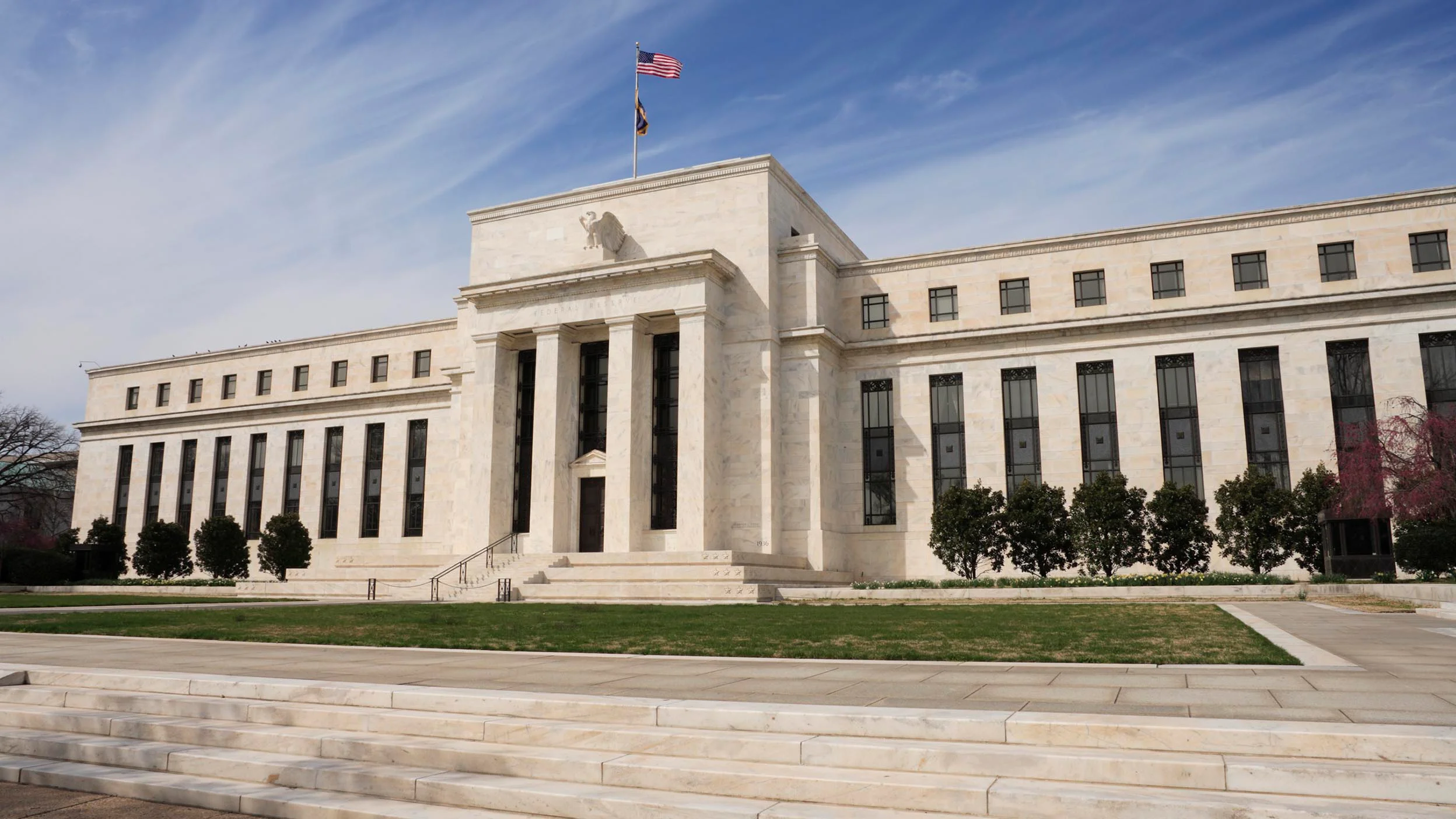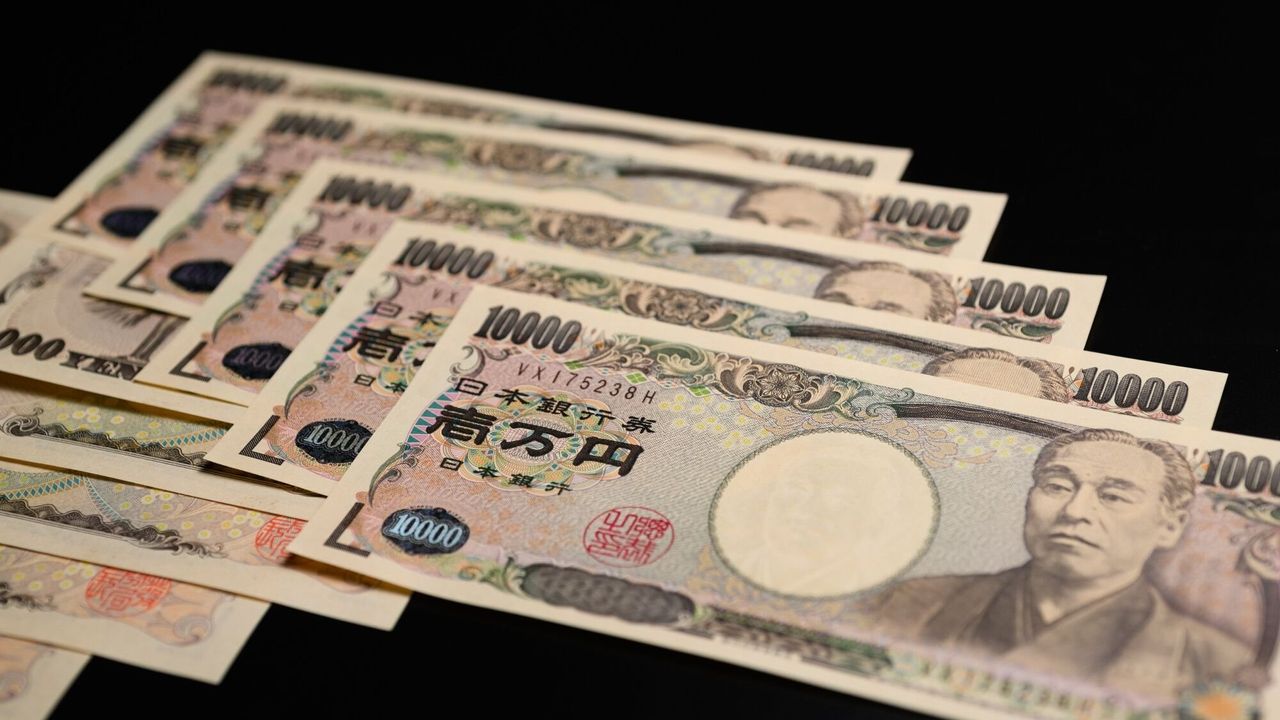Recent data from the Federal Reserve sheds light on potential methods Japanese policymakers may have utilized to finance currency interventions aimed at bolstering the yen during the past week.
One avenue may have been through a Fed facility where central banks deposit overnight cash to earn a market rate.
Figures from the central bank indicate that the amount held in this pool, known as the Fed’s foreign reverse repurchase agreement facility, stood at $360 billion as of May 1, marking a decrease of approximately $8 billion from the previous week.
This decline, the first since the week ending April 10, coincided with a separate cash account utilized by central banks experiencing a drop of about $17.8 billion.
Lou Crandall, an economist at Wrightson ICAP, highlighted that historically, Japanese authorities have not typically accumulated intervention resources in the Fed’s non-interest-bearing foreign official deposits category.

However, Crandall noted that the interest-bearing foreign reverse repurchase agreement (RRP) facility offers ample liquidity to support FX operations. Despite this, the recent data suggests an exception to their usual approach.
These figures encompass a period that saw two instances where Japanese policymakers likely intervened in foreign exchange markets to prop up the yen, which has been the weakest Group-of-10 currency this year against a broadly strengthening dollar.
The analysis suggests policymakers expended approximately ¥9 trillion, or nearly $60 billion at current exchange rates, during the week to support the currency — a figure comparable to interventions witnessed in 2022.

“They hid the intervention well,” remarked Gennadiy Goldberg, head of US interest rates strategy at TD Securities. Goldberg speculated that policymakers likely made preparations in advance by adjusting their portfolio and maintaining significant cash reserves.
The yen experienced significant fluctuations during the period, dropping to a fresh 34-year low of 160.17 per dollar on Monday, a Japanese holiday, before staging a sharp recovery in thin trading.
According to the latest data from Japan’s Ministry of Finance, the country’s foreign currency reserves totaled about $1.15 trillion at the end of March, representing a $4.6 billion increase from the previous month.
Approximately $155 billion was allocated to the Bank for International Settlements and other foreign central banks, slightly down from $155.7 billion at the end of February.







Leave a Reply